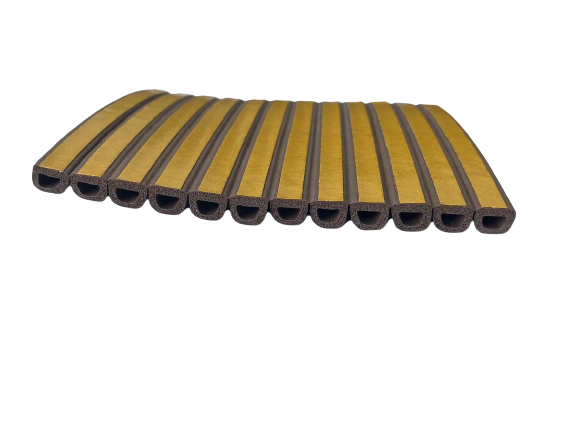Nov . 10, 2024 16:27 Back to list
Durable Sealing Strips for Efficient Ship Maintenance and Performance Enhancement
Understanding Ship Sealing Strips Their Importance and Applications
In the maritime industry, ensuring that vessels are equipped with the right components for optimal performance and safety is critical. One such essential component is the ship sealing strip, an integral part of a ship's weatherproofing and structural integrity. Sealing strips play a vital role in preventing water ingress, enhancing energy efficiency, and ensuring the overall durability of marine vessels.
What are Ship Sealing Strips?
Ship sealing strips are materials specifically designed to fill the gaps between two surfaces. They are commonly made of various materials, including rubber, silicone, or foam, tailored to withstand harsh marine environments. These strips are installed in areas where vessels are prone to water exposure, such as doors, hatches, windows, and other openings. Their primary function is to create a watertight seal that prevents water from entering critical areas, thereby protecting the ship’s interior and maintaining safety standards.
Importance of Sealing Strips
1. Water Protection The most significant function of sealing strips is to provide waterproofing. The marine environment is inherently humid and prone to saltwater exposure, which can cause extensive damage to a ship's interior and systems. By effectively sealing gaps, these strips prevent leaks that could lead to water damage, corrosion, and structural issues.
2. Energy Efficiency In addition to waterproofing, ship sealing strips contribute to energy efficiency. For vessels using HVAC systems, sealing strips can minimize air leakage, ensuring that climate control systems operate effectively. This not only maintains comfortable living conditions aboard but also reduces the energy consumption of the vessel, leading to lower operational costs.
ship sealing strip

3. Noise Reduction Sealing strips can also help in reducing noise levels on board by providing insulation against sound. This is particularly important for passenger vessels, where comfort and tranquility are paramount. By using quality sealing strips, the ship can provide a quieter environment, enhancing the overall travel experience.
4. Safety Compliance Many maritime regulations require vessels to meet specific safety standards regarding water-tightness. Properly installed sealing strips play a key role in compliance with these regulations. A failure to maintain sealing integrity can lead to inspection failures, fines, or, in severe cases, accidents.
5. Maintenance and Longevity Regular maintenance of sealing strips is essential for ensuring their effectiveness and longevity. Over time, exposure to UV light, extreme temperatures, and harsh marine chemicals can degrade the material. Inspections should be conducted regularly to assess their condition, ensuring any worn or damaged strips are replaced promptly.
Applications beyond Ships
While ship sealing strips are primarily associated with marine vessels, their application extends to various industries. They are used in automotive manufacturing, building construction, and even in electronics for moisture sealing. This versatility showcases the significance of these components across multiple sectors, reflecting their effectiveness in sealing and insulation.
Conclusion
In summary, ship sealing strips are a crucial aspect of maritime engineering that significantly enhances the functionality, safety, and efficiency of vessels. Their ability to protect against water ingress, reduce noise, and improve energy efficiency makes them indispensable in the design and maintenance of ships. As industries evolve and the technology behind sealing materials improves, the importance of these components in ensuring the longevity and safety of maritime vessels will only continue to grow. Incorporating high-quality sealing solutions will ultimately lead to smarter, safer, and more efficient vessels navigating our waters.




